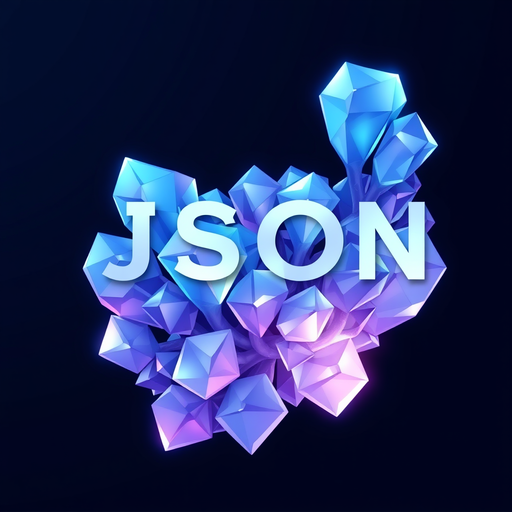JSON’s minimal, unambiguous syntax keeps configs and data predictable and fatigue-free.
JSON’s tiny grammar and small set of primitives mean what you write is exactly what gets parsed. There are no implicit type conversions, anchors, or aliases changing meaning behind your back. Structure is defined by braces and brackets, not indentation quirks, so tooling and diffs stay consistent. The result is fewer “works on my machine” config bugs and clearer code reviews.
JSON is the performance and scalability baseline across platforms.
Every major language ships a battle‑tested JSON parser, and browsers expose JSON.parse/Stringify natively. These parsers are lightweight and stream‑friendly (e.g., NDJSON), which keeps latency low and GC pressure predictable at scale. Minimal grammar makes parsing fast and easy to implement correctly, enabling highly optimized libraries wherever performance matters. This consistency turns JSON into the default wire format for high‑throughput APIs, logs, and message queues.
JSON’s security surface is smaller by design.
JSON is deliberately non‑executable: you can’t smuggle constructors, custom tags, or references that surprise the runtime. That smaller feature set has historically translated into fewer deserialization foot‑guns and a tighter attack surface. Teams can safely accept untrusted JSON with standard parsers, while YAML often requires “safe load” modes and extra scrutiny. When security reviews get tough, the simpler format is easier to reason about and lock down.
JSON’s ecosystem standardizes contracts—schemas, codegen, and validation are first‑class.
JSON has first‑class, widely adopted contract tooling: JSON Schema, OpenAPI/Swagger, AJV/Validator libraries, and code generators. These let you validate at build and runtime, auto‑generate clients/servers, and evolve versions with confidence. Even ecosystems that prefer YAML for authoring (e.g., Kubernetes manifests) validate against JSON Schemas under the hood. The result is tighter feedback loops, fewer runtime surprises, and cleaner collaboration across teams.









